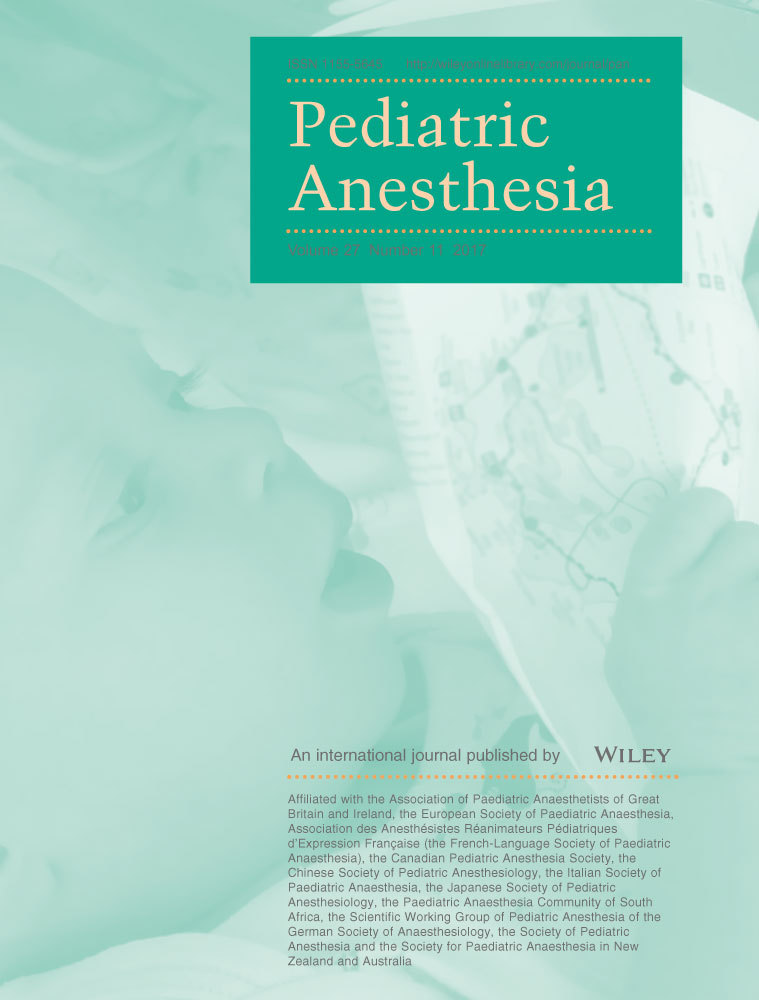Technical success of the ultrasound-guided supra-inguinal fascia iliaca compartment block in older children and adolescents for hip arthroscopy
Summary
Background
Hip arthroscopic surgery is performed on older pediatric patients. Fascia iliaca compartment block has proven efficacy in providing analgesia following hip surgery and can be performed with target location of local anesthetic below or above the inguinal ligament. The reported success of ultrasound-guided infra-inguinal fascia iliaca compartment block is lower when compared to traditional landmark technique, while the reliability of supra-inguinal fascia iliaca compartment block is unreported.
Aim
The primary aim was to report the results in obtaining sensory changes in the distribution of the femoral and lateral femoral cutaneous nerves following supra-inguinal fascia iliaca compartment block in patients undergoing arthroscopic hip surgery. Secondary outcomes are the ability to find echogenic landmarks and to report pain scores and opioid consumption.
Methods
We reviewed the electronic medical record and regional anesthesia database of patients receiving ultrasound-guided fascia iliaca compartment block for arthroscopic hip surgery. Sensory changes to the femoral and lateral femoral cutaneous nerves were determined. Identification of echogenic landmarks was quantified. Pain scores and opioid consumption were determined.
Results
Seventeen patients of mean age 15.4 years old (SD 1.3; range 13-17 years) were included. Sensory changes to both the femoral and lateral femoral cutaneous nerves occurred in 94% of patients (95% CI: 82%-100%). The average volume of ropivacaine 0.2% was 0.53 mL/Kg (SD 0.11 mL/Kg). Echogenic landmarks were identified in all patients. Pain scores and opioid consumption were generally low.
Conclusion
A supra-inguinal location for the deposition of local anesthetic when performing fascia iliaca nerve block for hip surgery is reliable in anesthetizing the femoral and lateral femoral cutaneous nerves and should encourage investigation into the clinical efficacy.




